Everyone agreed this year that when it came to the rear-drive cars, there was an elephant in the pit lane. However, no one could quite put a discriminatory finger on which contender they preferred to recognise as the bona fide elephant.
Potential Nellie number one was clearly the Mazda MX-5, new and red and hot from a launch campaign that rivalled a US presidential run for soundbites and length.
Read how we got on the Mazda MX-5 through its paces on the track and the road
Early word on the candidate, though – here in its more powerful 158bhp 2.0-litre format – was remarkably good. So good, in fact, that some argued it was the magnitude of the Toyota GT86’s all-to-lose five-star reputation that made it the pachyderm of the trio, especially as the four-seat coupé qualified this year only by the skin of an entry-level trim change that caused it to pitch up on unreasonably small 16in wheels.
The Toyota GT86 is an Autocar favourite and read why we love this small coupé
Additionally, a few testers, almost dewy-eyed with naivety at the way these things work, suggested it was the Caterham Seven 270R – with its titular power-to-weight ratio being so far in excess of those of its rivals – that presented a pickle of heffalumpian proportions.
Having just spent a weekend being slightly underwhelmed by the second least powerful Seven you can buy, I wasn’t convinced. Mechanically, the model is a carry-over of the much-loved Supersport I ran as a long-term test car but it felt to me like its curiously lighter steering was indicative of a bit less camber at the front wheels (and so a little less nose-end purchase) and, with a passenger aboard, the de Dion rear axle rode a bit more meanly than I remembered.
Typically, though, after a scant 10 minutes of action on Bedford’s diminutive East Circuit, I couldn’t recall any misgivings. The 270R remains a phenomenal track tool. If there is a smidgen of extra understeer, it merely permits additional confidence with the throttle and, in a Seven, what starts with your foot ends at your hands a microsecond later.
On 185-section 13in wheels (the ones you want) the Seven attains slip angle very quickly, but the sheer speed of the rack and pinion makes those quintessential 45deg corrections intuitively instantaneous, non-threatening and very near the summit of unmitigated driver involvement.
The vitality of a Caterham tends to make everything else feel like molasses, and here the endless fizz of its 135bhp 1.6-litre Sigma engine only exacerbated the lack of froth from the Toyota’s 197bhp 2.0-litre boxer unit. Even without the contrast, it’s easy to imagine how someone might fail to see what all the fuss is about when confronted with the GT86’s light steering, amenable springs, hollow drone and eco-grade rubber.

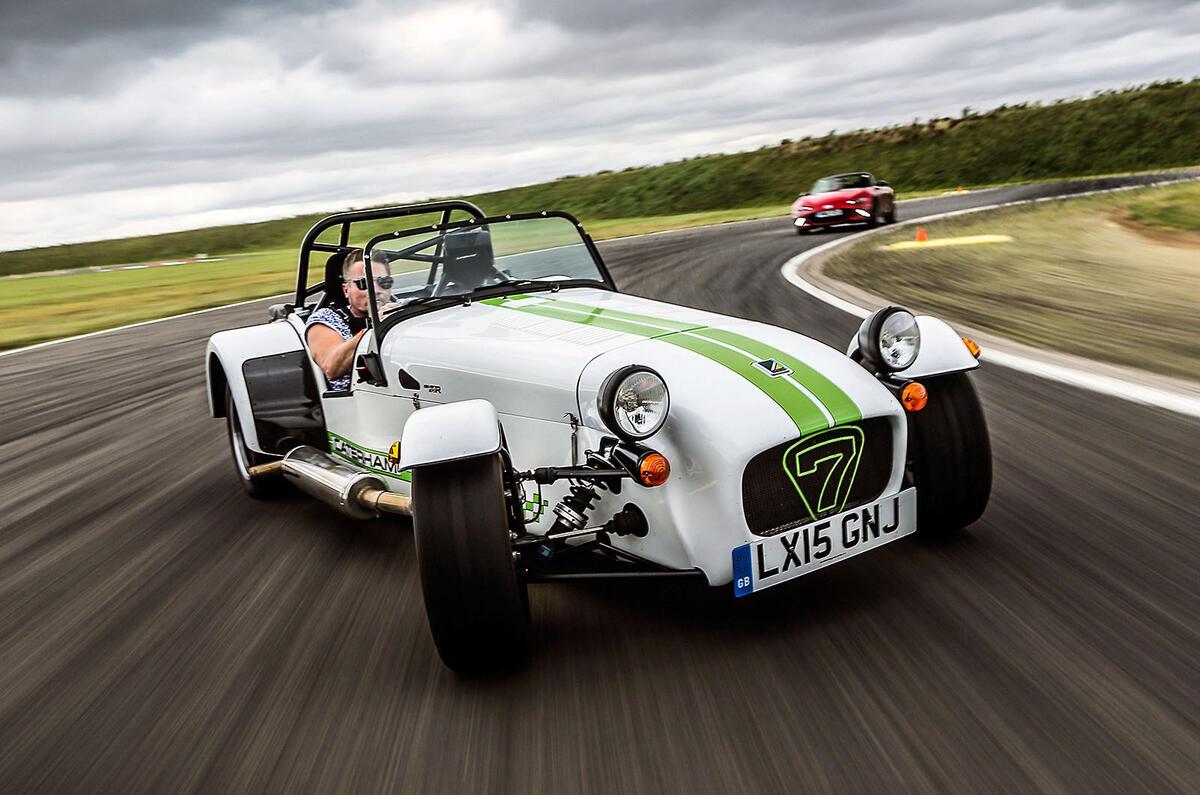

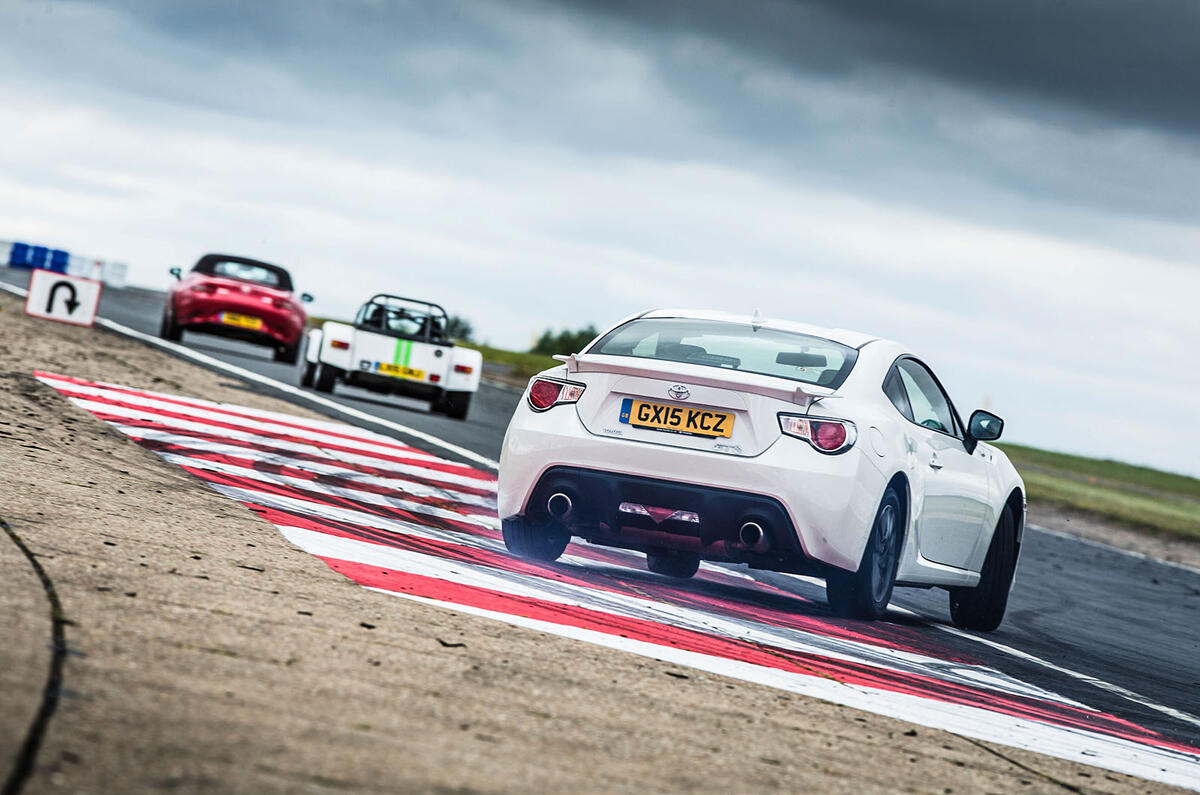
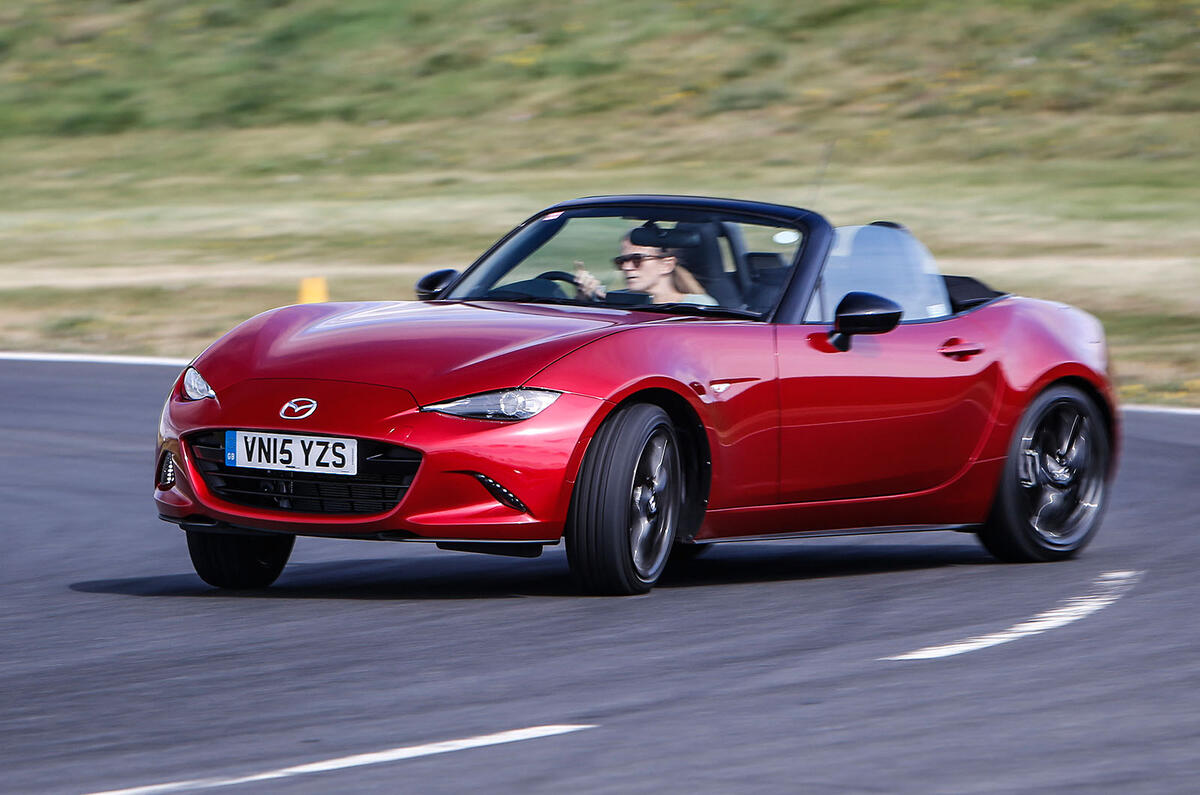
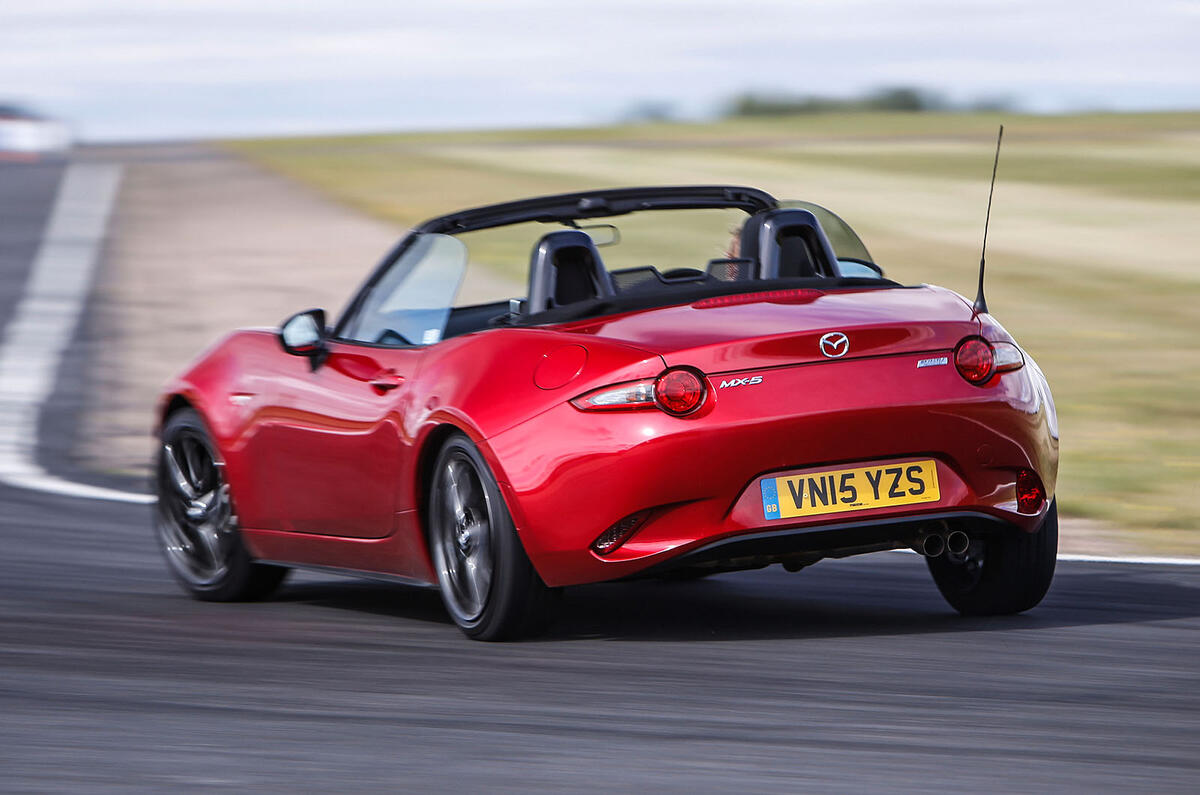
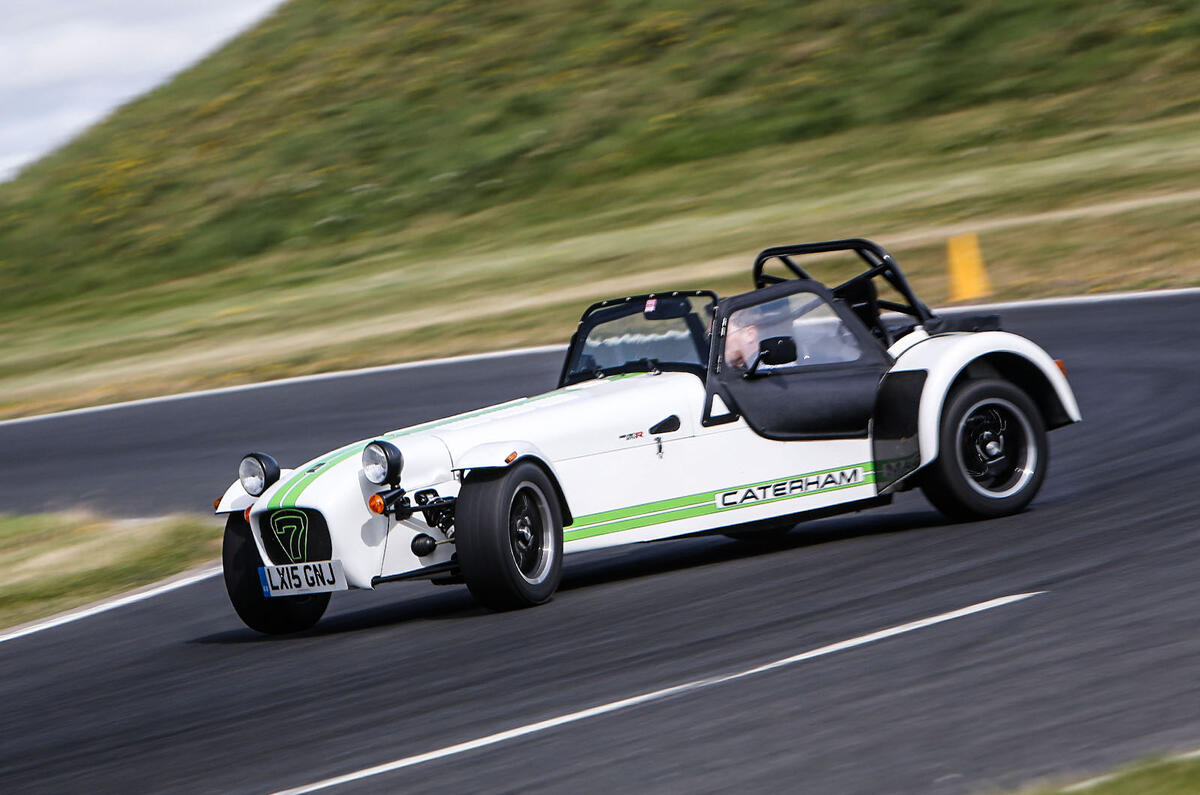
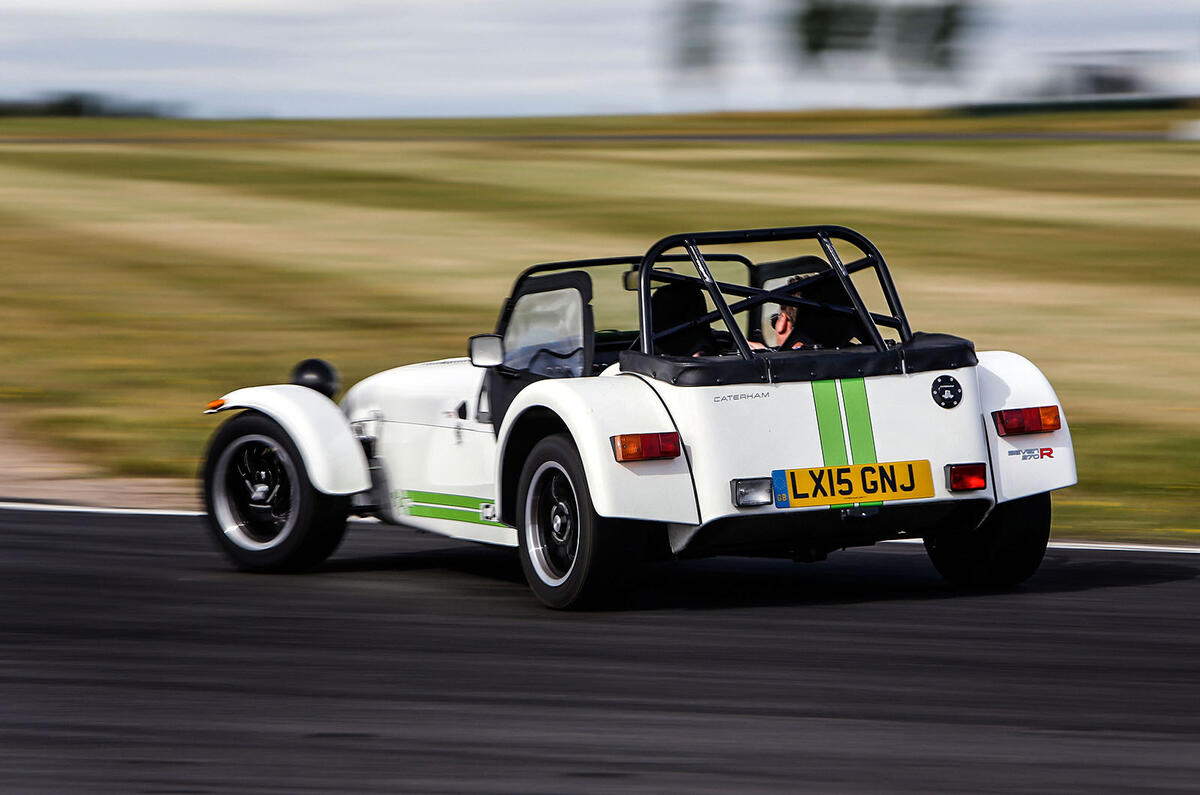
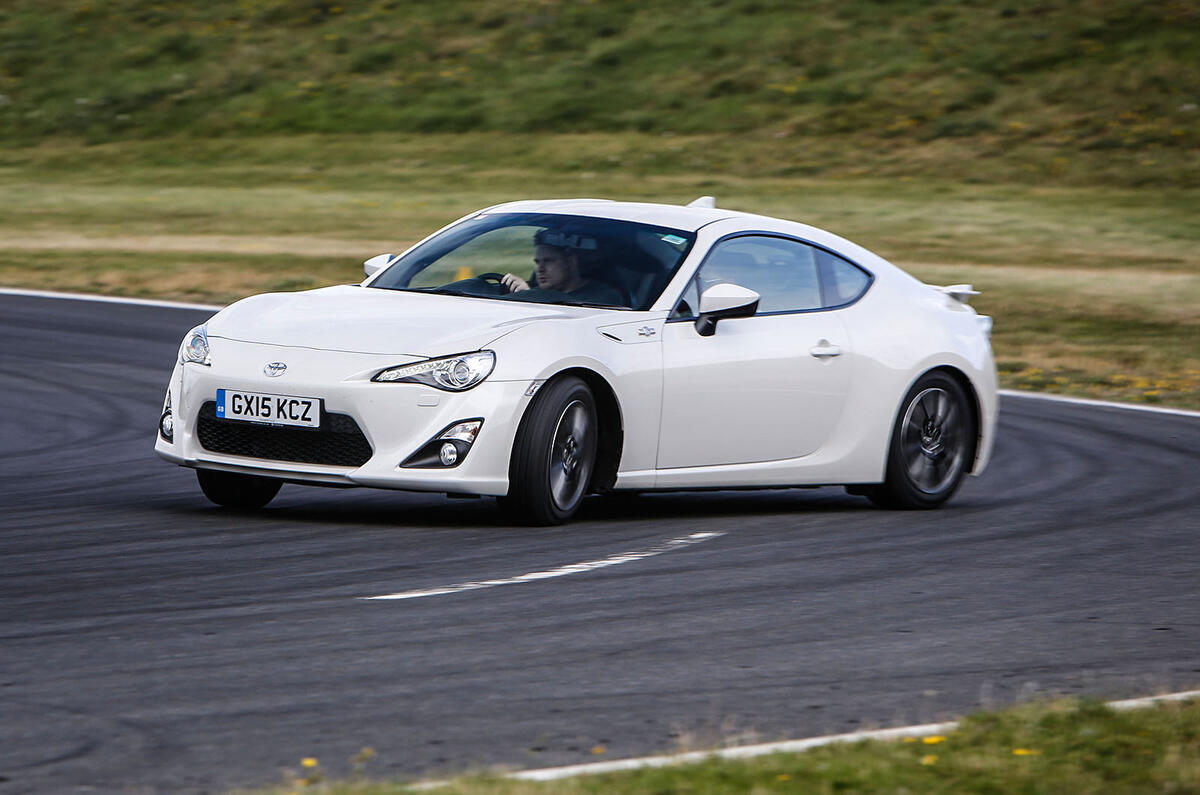


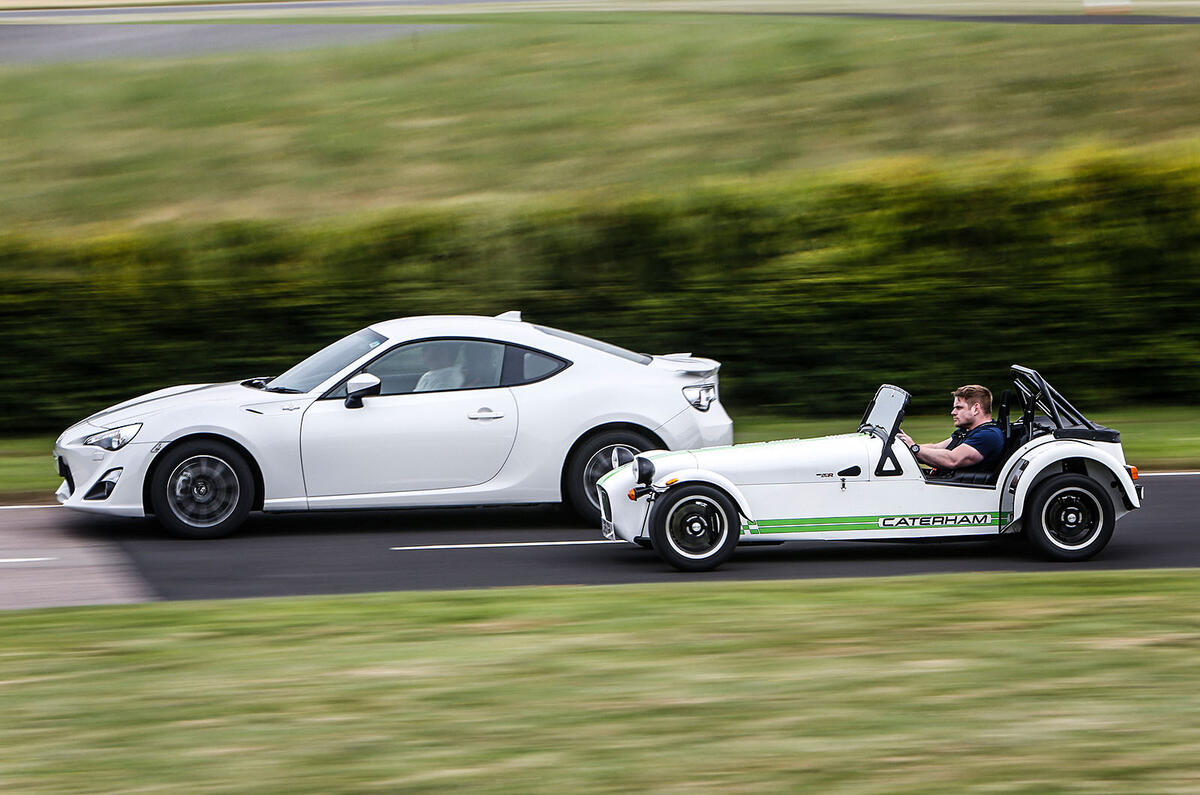
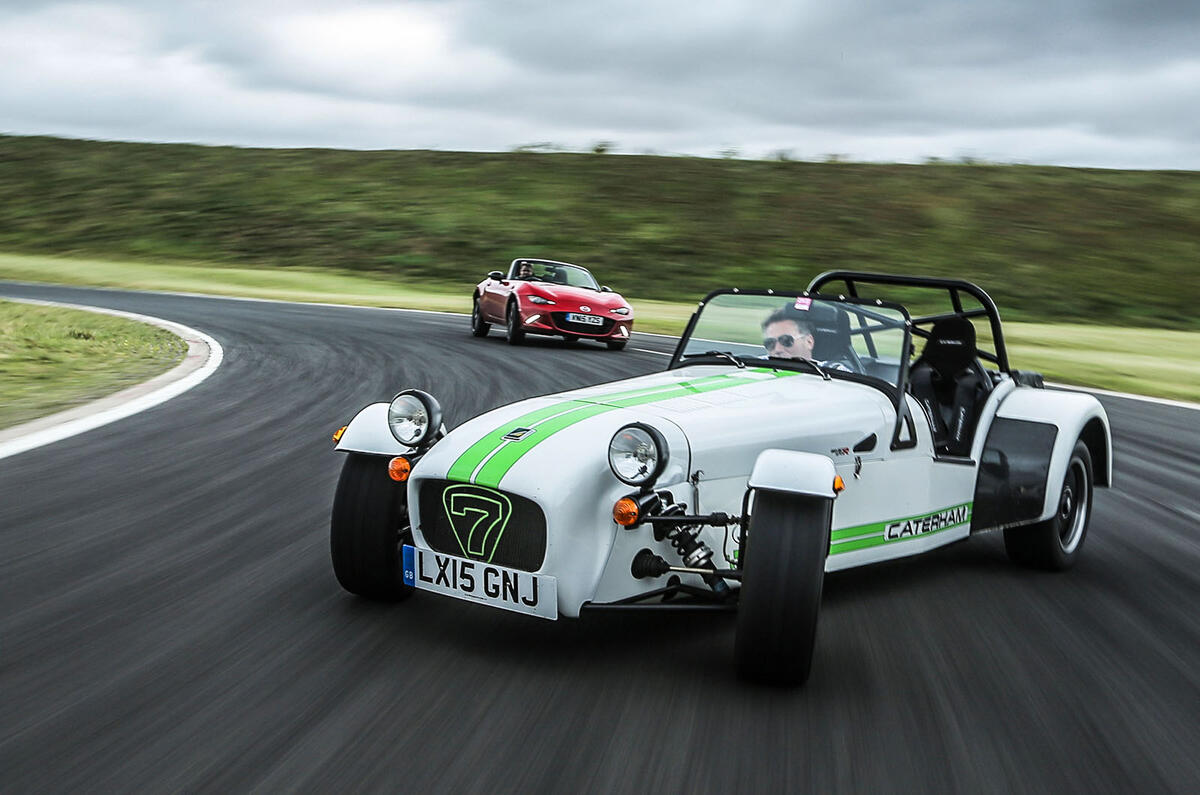
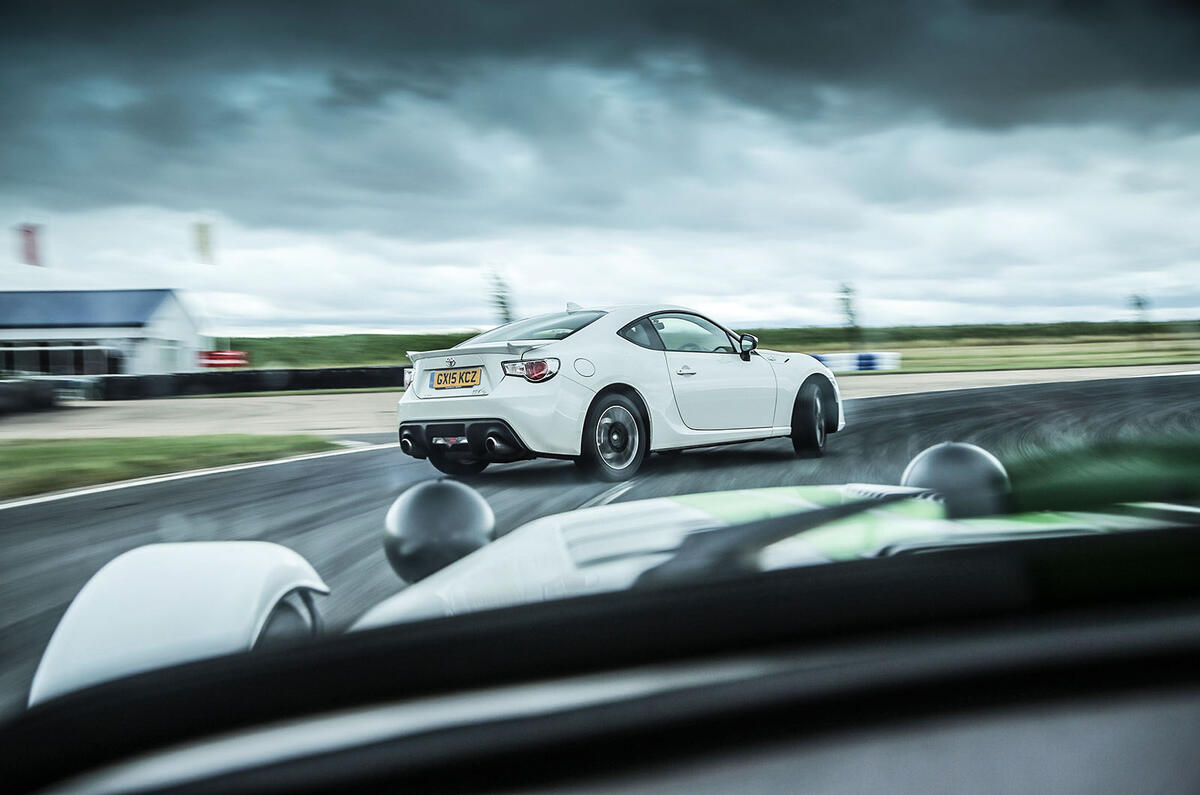
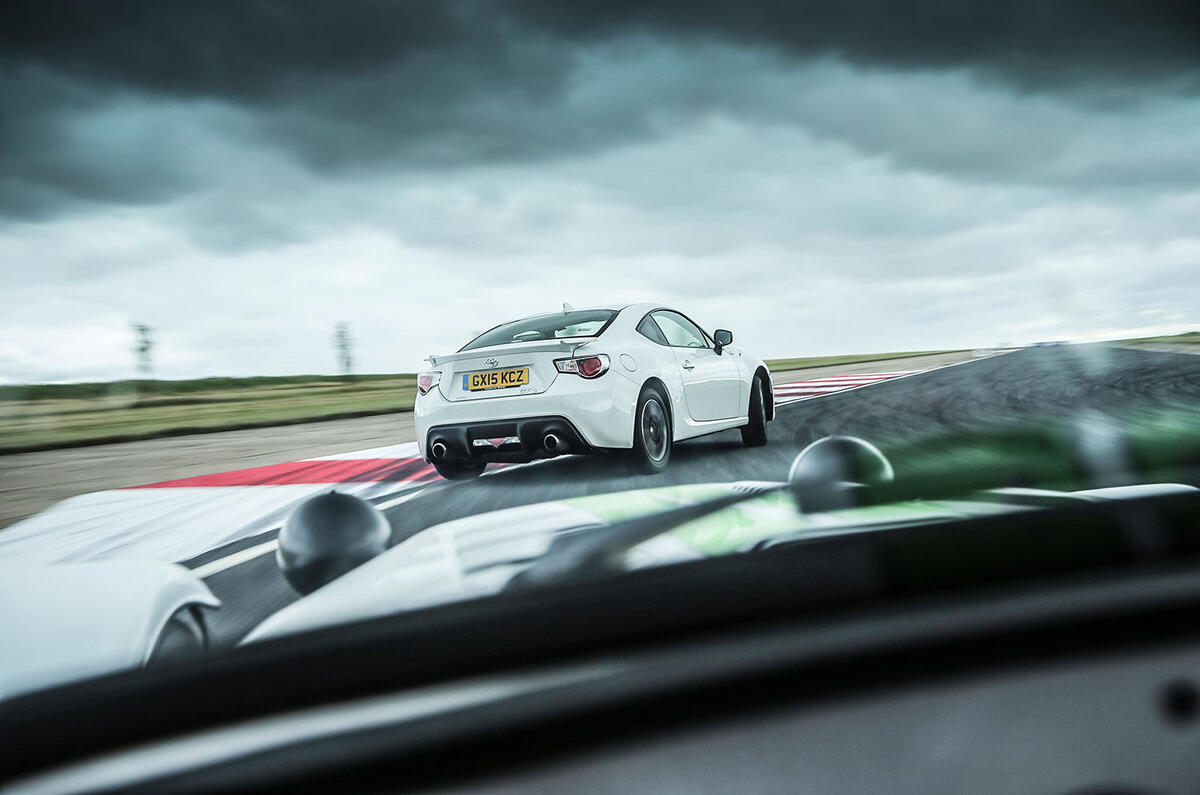
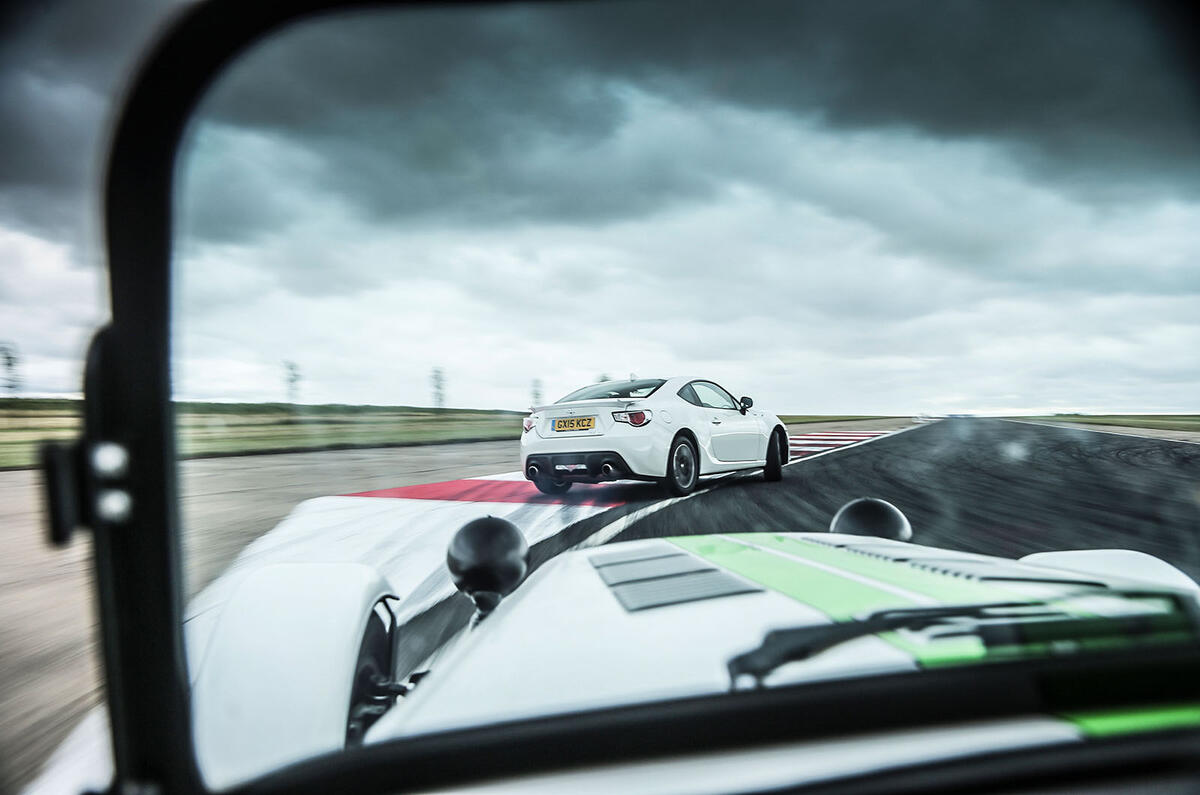
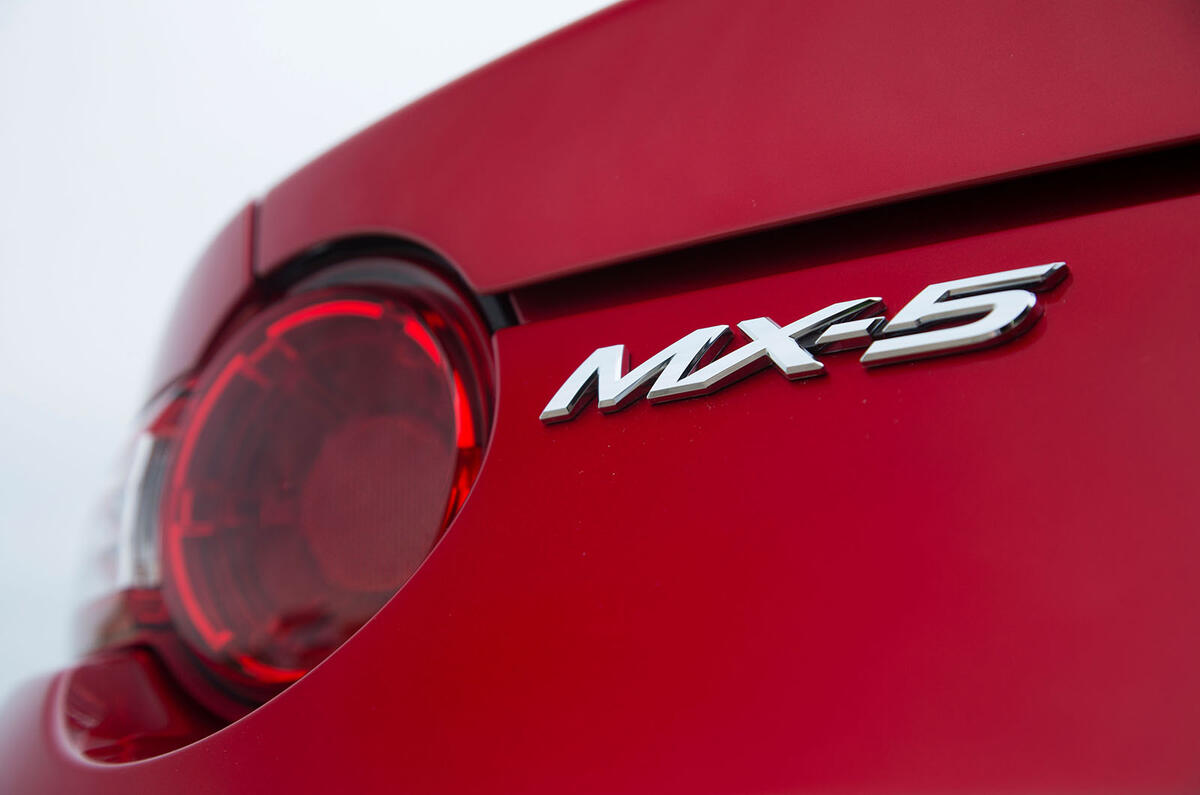
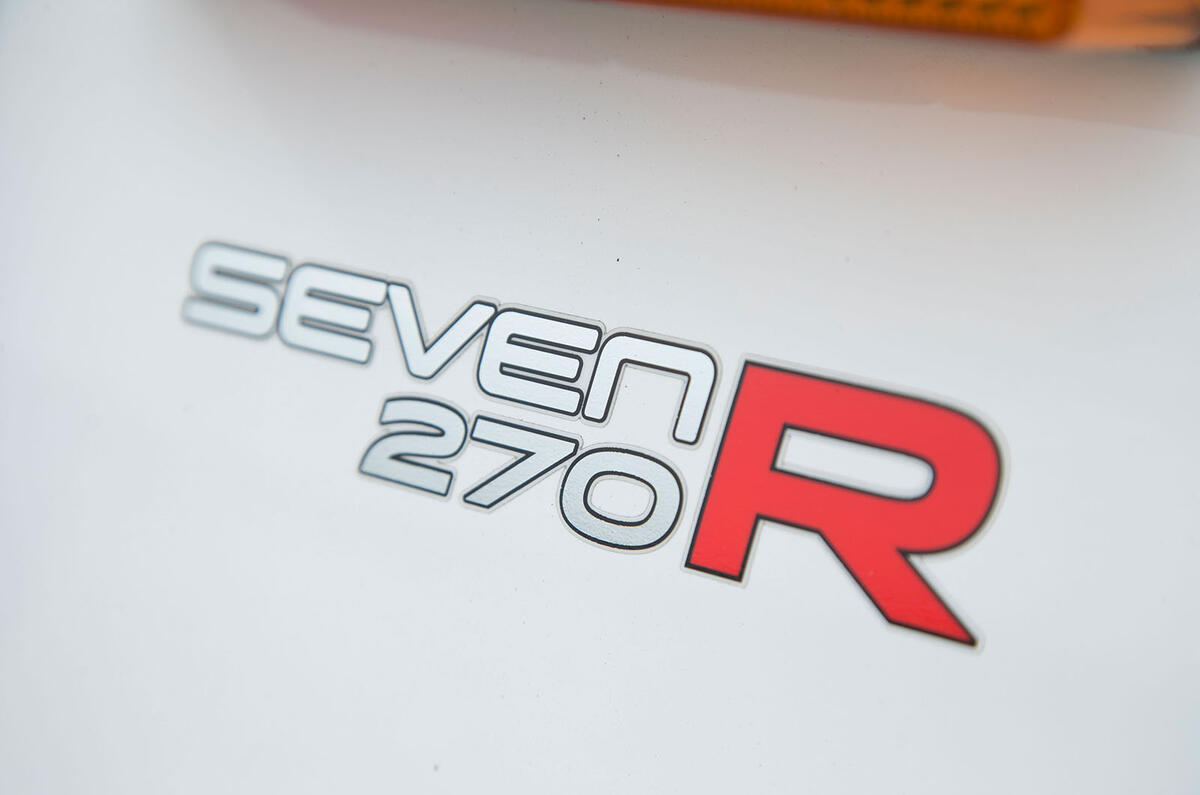
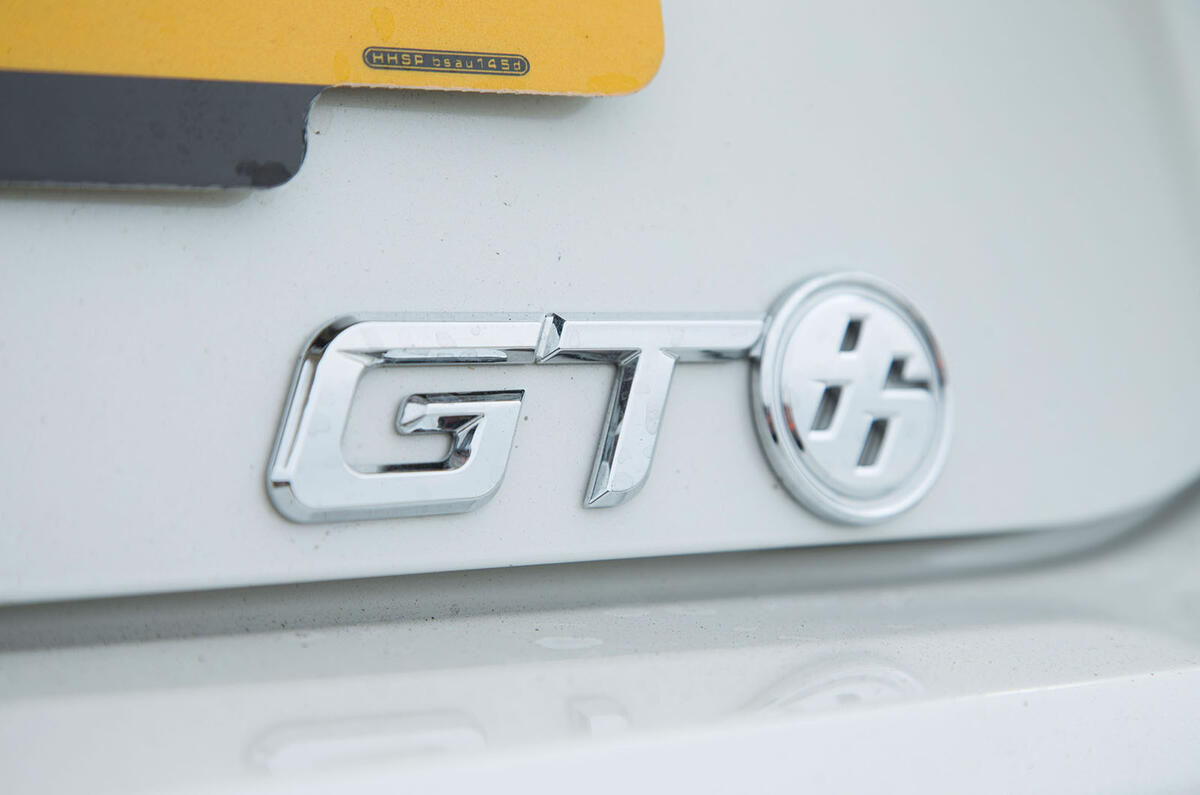




















Join the debate
Add your comment
"But if we concede that the
Well neither is the Mazda, but you picked it as the winner. Of these my favourite is the Caterham, but as a choice to be an only car which will be appropriate in more of the everyday situations which occur in life, and still give a massive fun factor, the Toyota is obviously the one to go for.